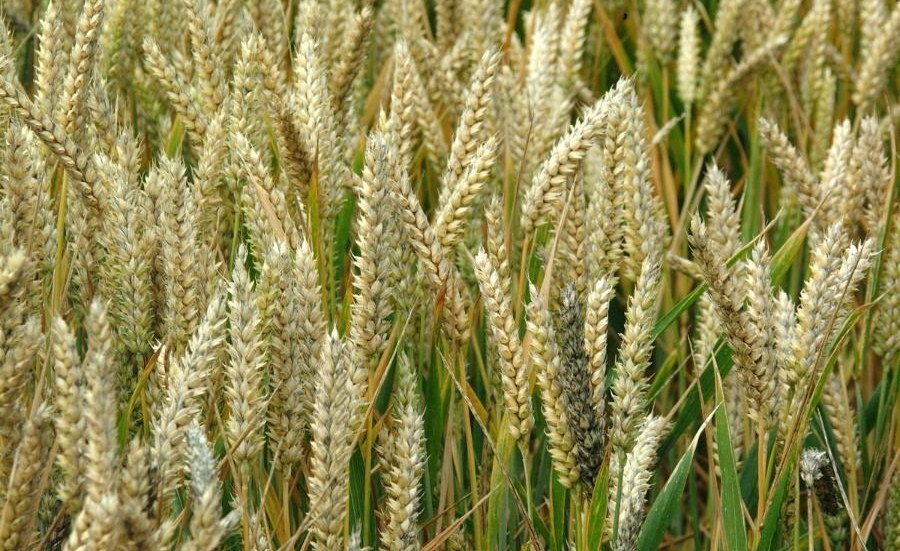Staff Reporter
Zimbabwe is on track to surpass its winter wheat harvest target by over 240 000 metric tonnes, according to information gathered by this publication.
The expected harvest exceeds 600 000 metric tonnes, significantly higher than the annual consumption rate of 360 000 metric tonnes.
The wheat production report reveals substantial contributions from various provinces.
Mashonaland West leads with 34 876 hectares under cultivation, followed by Mashonaland Central with 29 574 hectares and Mashonaland East with 21 987 hectares.
Manicaland has 13 482 hectares dedicated to wheat, while the Midlands contribute 12 459 hectares. Other notable contributions include Masvingo with 3,501 hectares, Matabeleland South with 4,190 hectares, and Matabeleland North with 1 913 hectares.
Harare and Bulawayo also contribute, albeit on a smaller scale, with 32.7 hectares and 6.82 hectares, respectively.
Crops planted between April 10 and May 10 are expected to be harvested by the end of September. Those planted between May 11 and May 30 are projected to be ready by mid-October, while crops planted after May will be harvested by the end of October.
Renowned agricultural expert Nickros Kajengo praised the development, emphasizing its significance in achieving self-sufficiency in wheat production under the National Development Strategy 1 (NDS1).
"This anticipated surplus is a testament to the strategic efforts and investments in our agricultural sector. It not only meets our national consumption needs but also strengthens our Strategic Grain Reserve, ensuring food security for the future," said Kajengo.
Kajengo added that the projected surplus underscores the effectiveness of policies aimed at enhancing agricultural productivity and resilience.
“Government's commitment to achieving self-sufficiency in wheat production is evident in the substantial increase in cultivated hectares across various provinces. This growth aligns with the broader goals of NDS1, which seeks to improve food security, reduce import dependency, and promote sustainable agricultural practices,” added Kajengo.
Agricultural scientist Florence Pokoto echoed Kajengo’s sentiments, saying, "This remarkable achievement is a clear indicator that our policies are on the right track. It shows what can be accomplished when there is alignment between government initiatives and the hard work of our farmers.”.
Agronomist Mercy Nyaruve highlighted the importance of continued innovation and investment.
"While this surplus is a significant milestone, we must continue to focus on sustainable practices and technological advancements to ensure long-term food security and resilience against climate change," Nyaruve advised.
Food security analyst Gilbert Kagodora added, "The surplus is not just about meeting current needs but also about preparing for future uncertainties. A well-stocked Strategic Grain Reserve will be crucial in cushioning the nation against potential shocks."
By surpassing the harvest target, Zimbabwe, not only ensures an adequate wheat supply for domestic consumption but also creates a buffer stock to mitigate potential future shortages.
This surplus can be utilized to stabilize market prices, support emergency relief efforts, and enhance the country's food security framework.
The success of this year's wheat harvest sets a positive precedent for future agricultural seasons.




